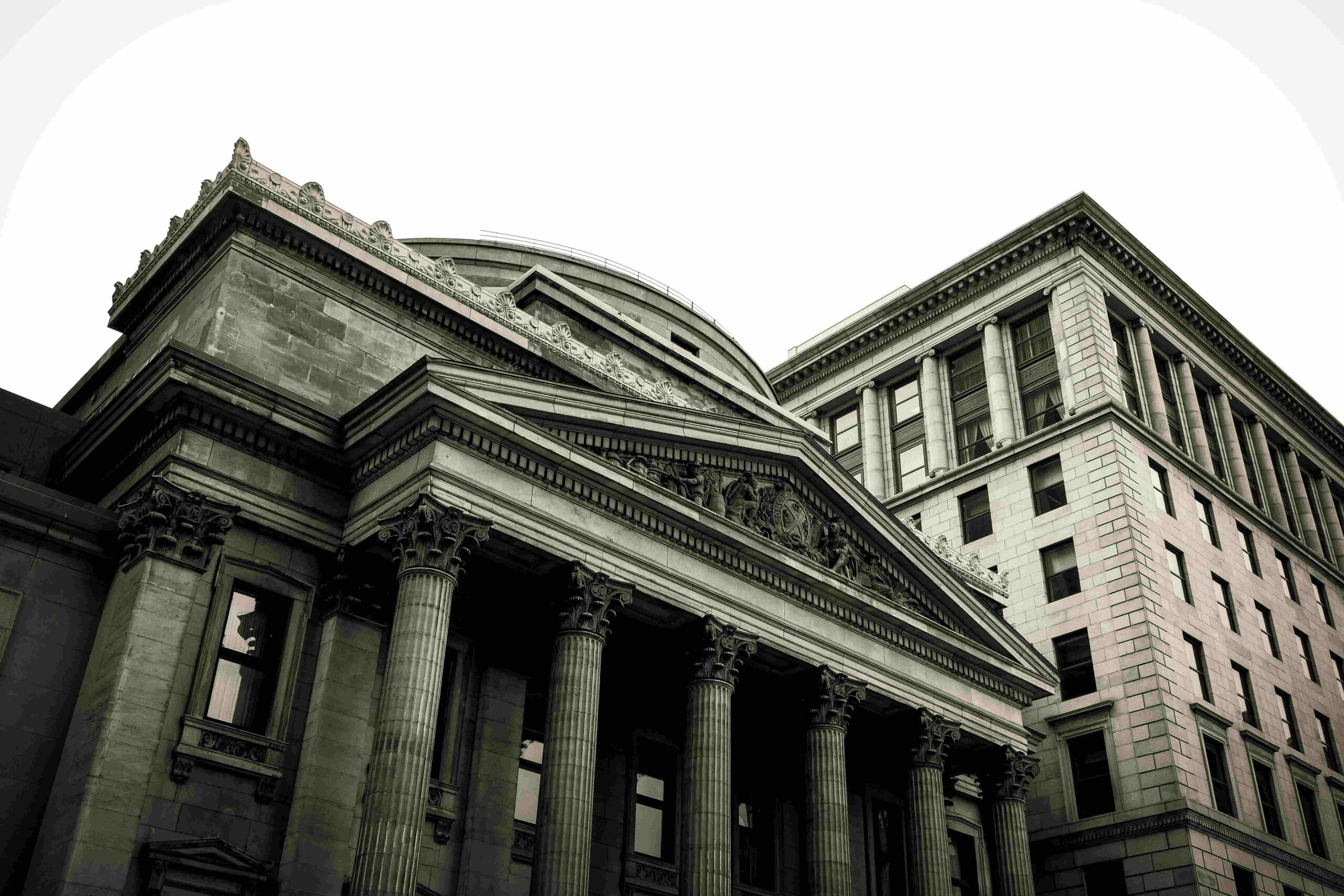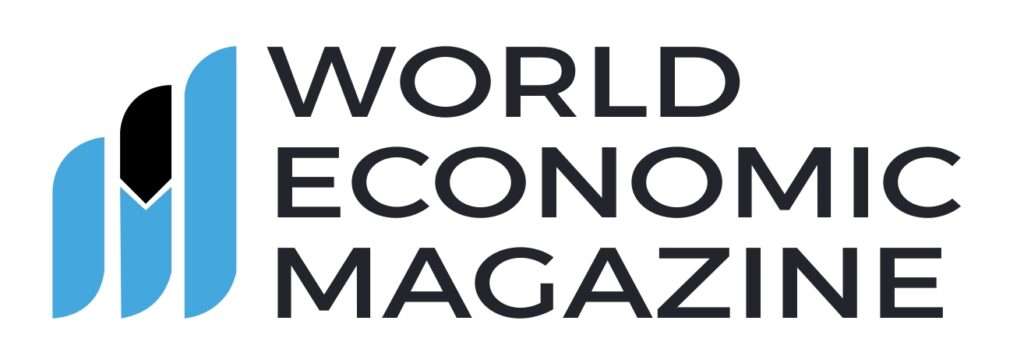
Wall Street Faces a Looming Bubble: Is a Major Market Correction Ahead?
As investors pour into growth stocks, a concerning pattern is emerging in Wall Street. Bank of America (BofA) has issued a stark warning about the growing bubble in U.S. stocks, likening it to the infamous “Nifty Fifty” of the 1960s and the dot-com crash of the late 1990s. If history is any indicator, the current market scenario could lead to a significant downturn, potentially dragging the S&P 500 down by as much as 40%.
Market Concentration at Historic Highs
A major reason for BofA’s concern is the extreme level of market concentration. The valuation of U.S. stocks compared to the rest of the world is 3.3 standard deviations above historical norms, a deviation that signals an overheated market. Additionally, within the S&P 500 index:
- The five largest stocks now account for 26.4% of the index
- “New economy” stocks make up over 50% of the index’s total value, the highest ever recorded
- Passive investing dominates, with 54% market share
The Role of Passive Investing in Inflating the Bubble
Passive investing, where funds are automatically poured into indexes regardless of valuations, has played a crucial role in this trend. Jared Woodard, an investment and ETF strategist at BofA, emphasized that passive investing disregards valuations and fundamentals, amplifying the risk of a potential bust.
“The danger lies in the fact that investors continue to pile into stocks without evaluating their actual worth,” Woodard stated. “While this strategy provides massive upside during innovation booms, it also presents extreme downside risks in a market downturn.”
Could a Collapse Be Inevitable?
If history repeats itself, investors could be facing a prolonged period of underperformance. The last two instances of extreme market concentration, the “Nifty Fifty” and the dot-com bubble, ended with severe drawdowns:
| Bubble Era | Peak Year | Market Correction |
| Nifty Fifty | Early 1970s | 40%-50% drop |
| Dot-com Bubble | 2000 | 50%-80% drop |
BofA estimates that if today’s “new economy” stocks experience a 50%+ drawdown, similar to the dot-com collapse, the S&P 500 could plummet by 40%. Even if the remaining sectors in the index rise by 10%, the overall market would still remain flat, highlighting the unhealthy and unbalanced nature of the current rally.

Expert Warnings Align With Other Wall Street Predictions
Bank of America’s warning isn’t an isolated viewpoint. Other leading Wall Street strategists have echoed similar concerns:
- Mike Wilson, Morgan Stanley: Predicts a decade of “flat-ish” returns for the S&P 500.
- David Kostin, Goldman Sachs: Forecasts an annual return of just 3% over the next 10 years.
With such subdued expectations, investors need to rethink their portfolio strategies to avoid being caught in the inevitable downturn.
Strategies to Protect Investments Amid the Bubble
BofA offers a clear roadmap to navigate the potential crisis and reduce risks:
1. Monitor the Equal-Weight S&P 500 Index
Historically, the equal-weighted S&P 500 index has outperformed the market-cap-weighted index by an average of 1 percentage point per year since 1958. However, there have been five instances where the market-cap-weighted index outperformed, typically lasting 16 quarters. Currently, the cap-weighted index is 2.5 standard deviations overbought, a red flag for investors.
2. Shift Towards Quality Stocks
BofA recommends investing in funds that focus on quality stocks, reducing exposure to the dominant “Magnificent Seven” tech stocks. Some ETFs offering diversified quality stock exposure include:
- Pacer US Large Cap Cash Cows Growth Leaders ETF (COWG)
- iShares MSCI USA Quality GARP ETF (GARP)
- WisdomTree US Quality Growth Fund (QGRW)
3. Diversify Across Sectors
Diversification is key to mitigating risks. BofA suggests ensuring that no single stock comprises more than 15% of a portfolio. Spreading investments across different sectors can provide a buffer against extreme market swings.
Are We Heading for a Lost Decade?
If the market follows previous trends, the coming years could be extremely challenging for investors who are overexposed to high-growth tech stocks. A shift in investment strategy towards value stocks, equal-weighted indices, and broader diversification might be the best defense against the looming downturn.
While AI and technological innovation continue to drive investor enthusiasm, BofA’s analysis serves as a reminder that bubbles don’t last forever. Investors should tread cautiously, ensuring their portfolios are built to withstand potential volatility in the years ahead.






